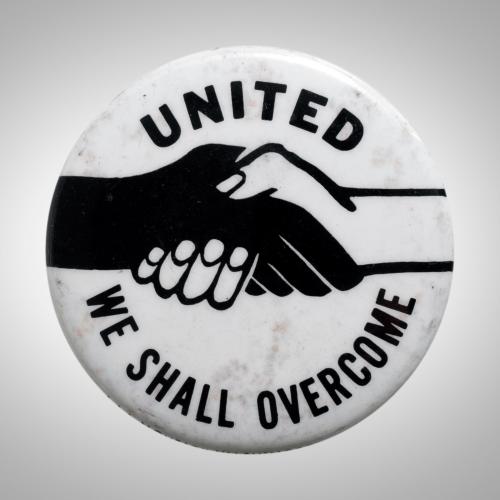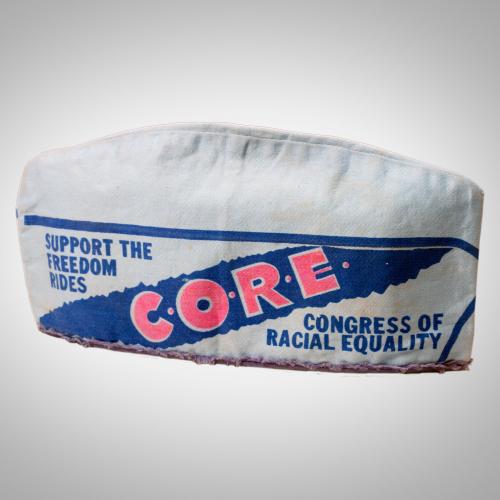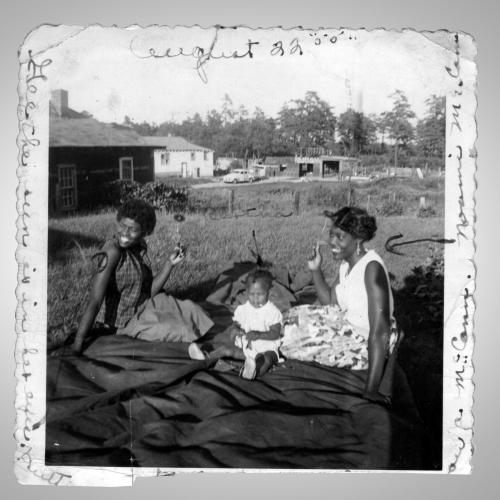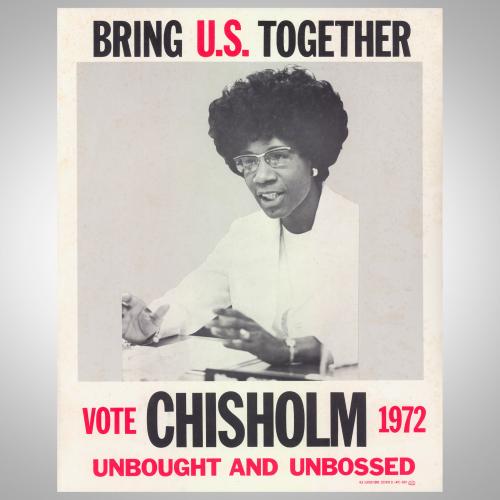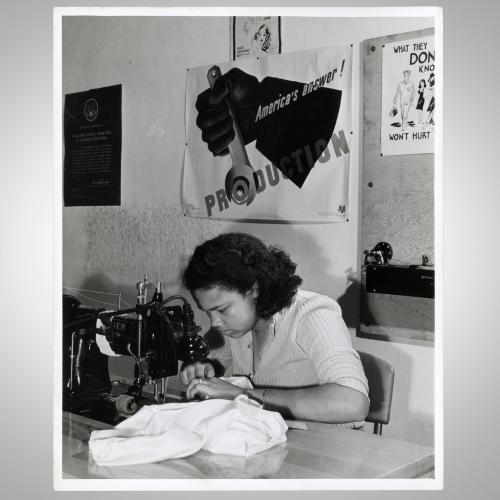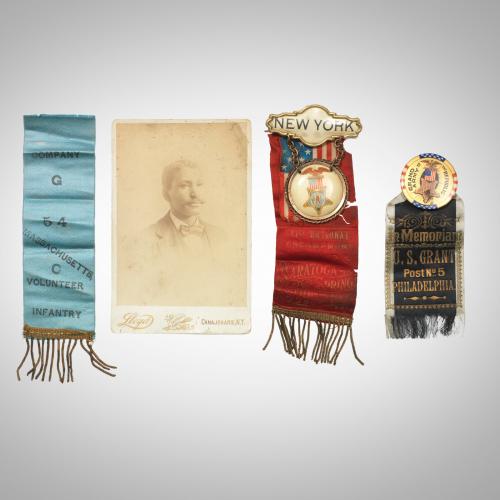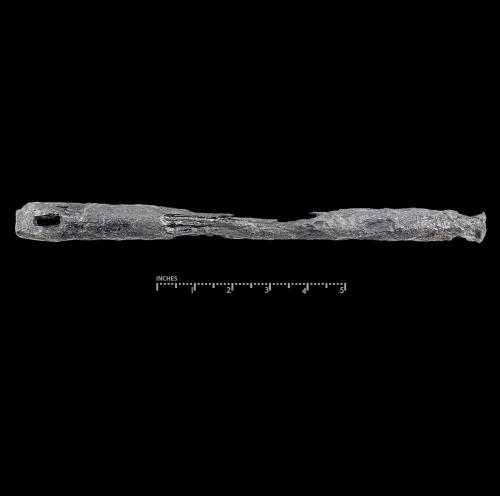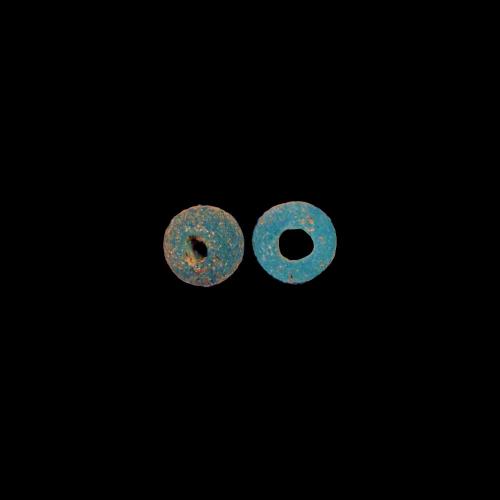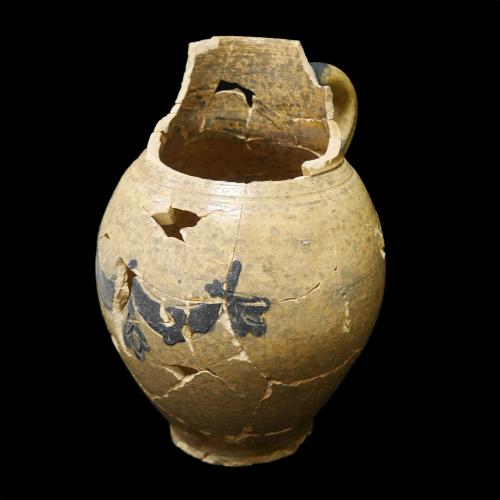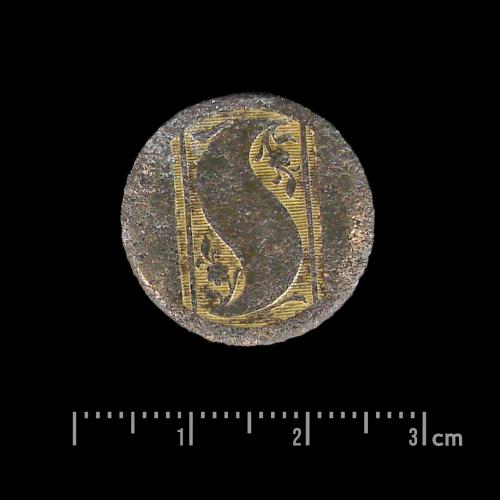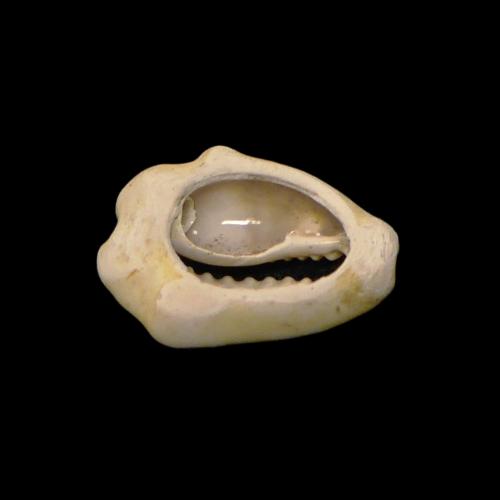Black History Month: Highlights from the Collections
The History and Historic Archaeology collections at the New York State Museum document New York’s diverse history from the 17th century through the present day. The images below are a few of the many archaeological and historical objects in the collection that illustrate the lives, struggles, and contributions of African Americans in New York.
History Collection
The Congress of Racial Equality (CORE) was founded in Chicago, Illinois, in 1942 and later headquartered in New York City. The foundation of CORE’s program was non-violent, direct-action protest to promote social justice and racial equality. CORE organized protests and demonstrations in both the South and the North.
NYSM Collection, H-2021.12.2
Chisholm (1924–2005) began her political career as a New York State Assembly representative in 1964. Four years later, she became the first African American woman elected to the United States Congress, representing Brooklyn’s Bedford-Stuyvesant district. In 1972 she was the first woman to run for the Democratic nomination for the U.S. presidency.
NYSM Collection, H-2010.41.1
In 1942 the Roosevelt administration issued Executive Order 8802 banning racial discrimination in the war industries. The United States Office of War Information used this photo to help recruit more African Americans to the war effort. Blacks served in both the military and the home front. This photo shows a woman sewing a parachute in 1943.
NYSM Collection, H-2010.45.24
Bromley Hoke (1847–1913) was a farm laborer in Canajoharie, New York, before enlisting with the Massachusetts 54th Infantry Regiment in April 1863 at age 16. The Massachusetts 54th was the first official African American unit in the Civil War. Hoke served with the 54th until June 1865, when he received a disability discharge. Upon returning to Canajoharie, Hoke joined the Grand Army of the Republic (G.A.R.), a fraternal organization for veterans, and found work at the Wagner Hotel as a waiter.
NYSM Collection, H-2006.60.1
Historic Archaeology Collection
John Bogart was a sloop captain who operated on the Hudson during the 18th century. Bogart was also an enslaver who held several people in bondage at his house in Albany during the last years of the 18th century. This iron bar, from leg shackles called bilboes, was recovered from the basement of the Bogart house. Iron bars identical to the Bogart example, but with the shackles still attached, were recovered from the slave ship Henrietta Marie that sank off the coast of Florida around 1700.
NYSM Collection, A2003.23E.308.24
These beads were recovered from the outer kitchen at the Ten Broeck Mansion in Albany, New York. The outer kitchen was used by enslaved African Americans to prepare meals for the Ten Broeck family during the summer months. It is probable that some of the enslaved slept in this building as well. The beads were found in soil layers dating to the early 19th century and were most likely possessions of the enslaved people who lived in the building.
NYSM Collection, A2018.24
Thomas Commeraw was a free Black potter and influential community leader in Manhattan during the first decades of the 19th century. Commeraw’s clientele for his stoneware was diverse, ranging from African American oystermen to New York’s wealthy White elites. The pitcher shown was found in the ruins of a building in Manhattan owned by merchant David Dunham.
NYSM Collection, A2005.29A.1239.43
This button was recovered from the house of Betsey and Prince Jessup. The Jessups were an African American family who lived in the house between about 1800 and 1830. Many personal objects, ceramics, glass bottles, and other artifacts were recovered from the site. This collection of 8,000 artifacts is the only remaining material record of the family’s lives.
NYSM Collection, A93.13.161.24
Moneta cowrie shells were mined by the billions in the Indian Ocean near the Maldives. These small cowries, sometimes called "money cowries," were used as currency, for adornment, and for spiritual practices in Africa for centuries. By the 17th century, the shells were widely traded by the Dutch and English for enslaved people along the west coast of Africa. The shell shown here was found at a late-18th-century site in Manhattan and was carved to be strung for counting or as a means of attaching to clothing or hair.
NYSM Collection, A2005.29A.1437.9



